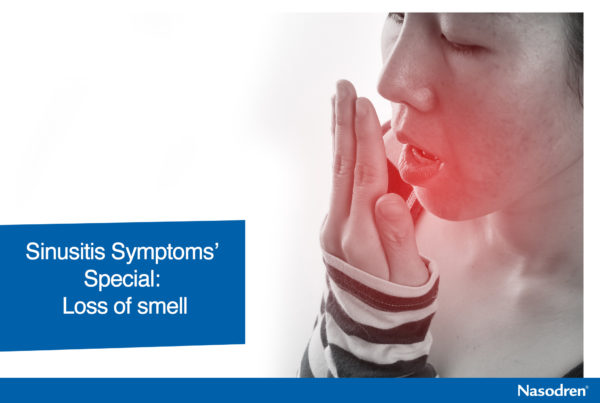Although fungi are not a common cause of sinus infection, incidences of fungal disorder are increasing. Up to 10% patients suffering from rhino sinusitis may have fungal sinus infection. Fungal sinusitis is common in patients suffering from disorders that weaken the immune system, such as AIDS, diabetes and leukemia. The sinusitis is also referred to as eosinophilic mucinous rhinosinusitis (EMRS) or eosinophilic fungal rhinosinusitis (EFRS). Fungal sinusitis is divided into three categories: allergic fungal sinusitis, fungus ball, and acute and indolent / chronic invasive fungal sinusitis.
Allergic Fungal Sinusitis
Allergic fungal sinusitis is the most common fungal infection. It is an allergic reaction to fungus belonging to the Dematiaceous family. The fungi may grow in the sinus, blocking nasal passage and eroding the bones. Thick drainage and nasal polyps may occur, hindering the airflow to the sinus. Sinus surgery is necessary to remove the nasal polyps. Since allergens are involved, allergic fungal sinusitis may reoccur. In several cases, thus, patients may have to take medication regularly throughout life and undergo surgery.
Fungus Ball / Mycetoma
A fungus ball generally develops in one sinus, especially the maxillary sinus. However, it is treatable and does not penetrate into the sinus mucosa. The CT scan of the sinuses, head or teeth may show opacification. Some patients may complain about facial fullness, nasal obstruction and / or rhinorrhea while others may not have any symptoms. Aspergillus that cause mold in the bread triggers mycetoma. Endoscopic sinus surgery, a minimally invasive surgery with high success rate, is required to remove the ball. Recurrence of the ball is a rare phenomenon.
Acute & Indolent / Chronic Invasive Fungal Sinusitis
Acute invasive fungal sinusitis expands quickly into the sinus bones and tissues whereas chronic invasive fungal sinusitis grows slowly. Patients with weak immune system and suffering from severe diabetes are at high risk to get acute invasive fungal sinusitis. Chronic invasive fungal sinusitis generally occurs in atopic and immunocompetent hosts. The granulomatous chronic infection in indolent condition expands beyond the walls of the sinus. A biopsy is required to confirm the diagnosis of chronic condition. Indolent fungal sinusitis is common in parts of India and Sudan. The fungal infection is associated with fungi common in the environment: Aspergillus, Mucor and Rhizopus. Both acute and indolent invasive forms of fungal sinusitis require immediate attention. A combination of anti-fungal medications and sinus surgery will heal the symptoms.








